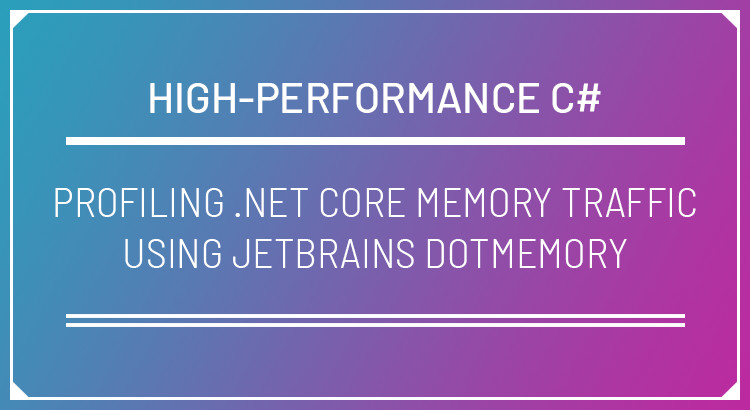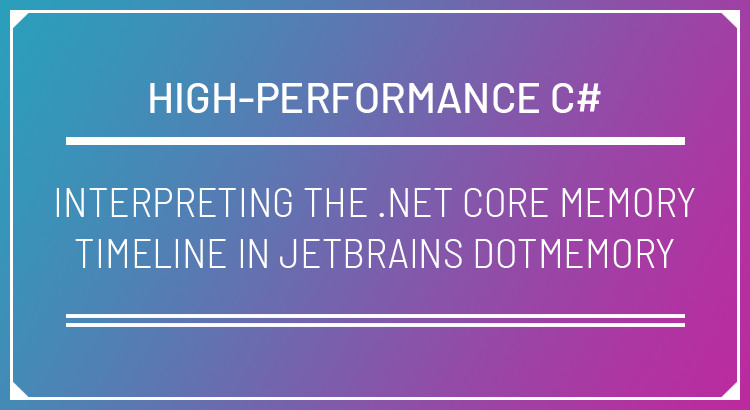In my last post, which is part of my ‘Writing High-Performance C# and .NET Code‘ series, we looked at how dotMemory can be used to view the amount of memory allocated by code in an application using the memory traffic comparison. In this post, I’ll begin looking at some of the other information available in […]
Author: Steve Gordon
Steve Gordon is a Pluralsight author, 6x Microsoft MVP, and a .NET engineer at Elastic where he maintains the .NET APM agent and related libraries. Steve is passionate about community and all things .NET related, having worked with ASP.NET for over 21 years.
Steve enjoys sharing his knowledge through his blog, in videos and by presenting talks at user groups and conferences. Steve is excited to participate in the active .NET community and founded .NET South East, a .NET Meetup group based in Brighton. He enjoys contributing to and maintaining OSS projects. You can find Steve on most social media platforms as @stevejgordon

Profiling .NET Core Memory Traffic using JetBrains dotMemory Writing High-Performance C# and .NET Code: Part 5
In this post, I will continue my journey into writing high-performance C# and .NET Core code by taking a look at a benchmarking challenge I recently encountered. While writing some sample code for an upcoming talk, I wanted to create a demo based on a scenario that I’d experienced at work. In that scenario, I […]
Creating Strings with No Allocation Overhead Using String.Create Writing High-Performance C# and .NET Code: Part 4
In this post, I’ll continue my series about writing high-performance C# and .NET code. This time, I will focus on a new(ish) method available on the String type – String.Create. First introduced in .NET Core 2.1, this method is currently planned for inclusion as part of .NET Standard 2.1 once that is released. What Does […]
